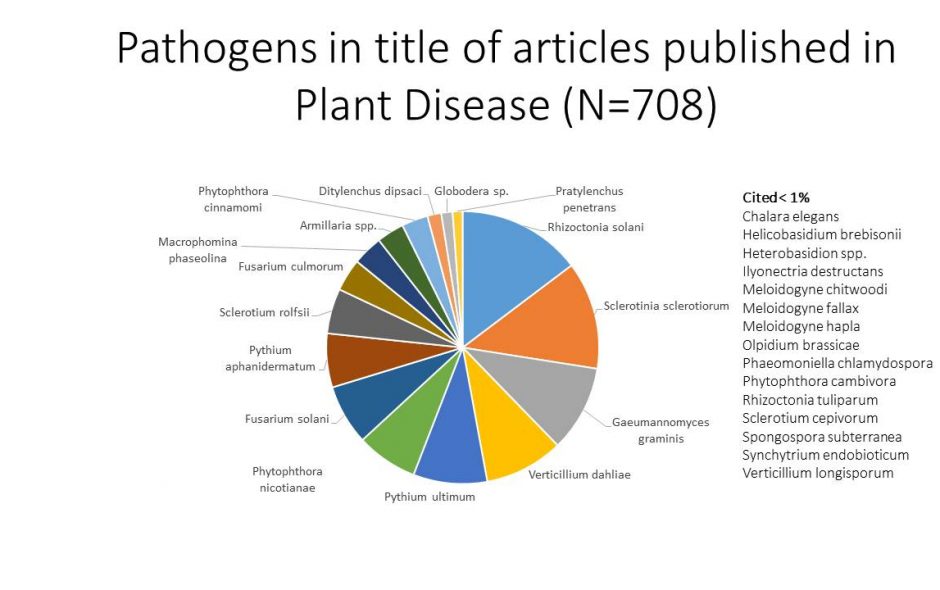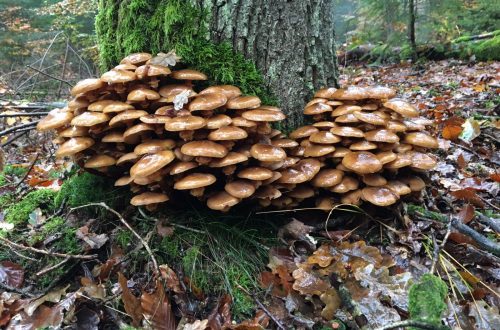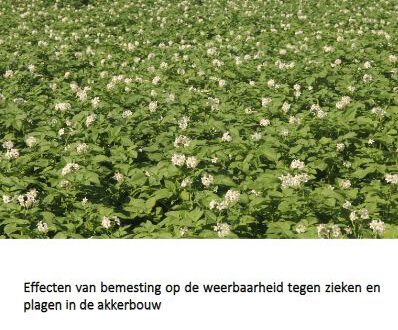In many crops soil-borne pathogens accumulate, especially if a susceptible crop is grown in a too narrow rotation. Soil-borne pathogens are threatening agriculture, horticulture and forestry through loss or reduced growth of infected plants (interestingly, in nature these effects are regarded as positive, since they contribute to biodiversity through the creation of new habitats).
A very wide spectrum of soil-borne pathogens exists, ranging from bacteria, protozoa, oomycetes and fungi to nematodes and parasitic plants. The most important soil-borne pathogens have a remarkably wide dispersal, often worldwide (Fig. 1). Most likely this has been caused by worldwide transport of infected plant material or infested soil, since up to about 50 years ago, not much attention was paid to phytosanitary requirements of international trade.
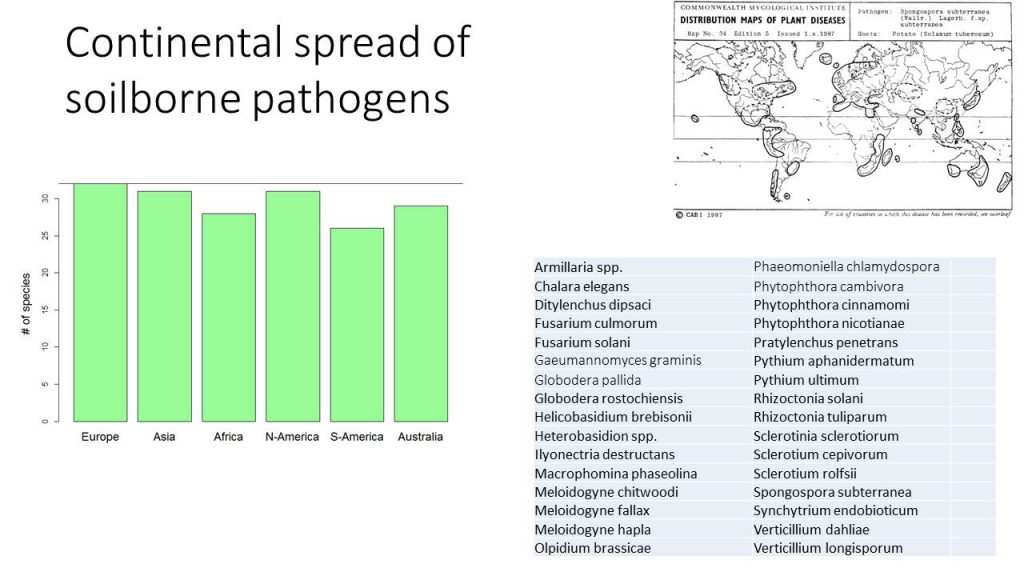
Figure 1. Number of species of the 32 most important pathogens occurs per continent.
There seems to be a certain bias in the pathosystems that are being investigated (Fig. 2). The question is, are the most important pathogens also most intensively studied? It is quite remarkable that, for instance, the root knot nematodes (Meloidogyne spp.) receive only little attention in the scientific journal Plant Disease. And this applies just as much for Powdery scab (Spongospora subterranea) en Potato wart disease (Synchytrium endobioticum). It is true that these pathogens are rather difficult to study, and also they seem less sensitive to general as well as specific disease suppression. In this respect are at least the top-three studies pathogens Rhizoctonia solani, Sclerotinia sclerotiorum and Gaeumannomyces graminis more promising (Fig. 2). And by the way, do we actually know which pathogens are the most important ones?
Recommendations with respect to management of soil-borne pathogens often relate to increasing the soil organic matter content, leading to increased soil suppressiveness and increased plant tolerance. Although this has been proven to work quite well for the important Pythium and soil-borne Phytophthora species, for a wide range of species this approach has not been shown.
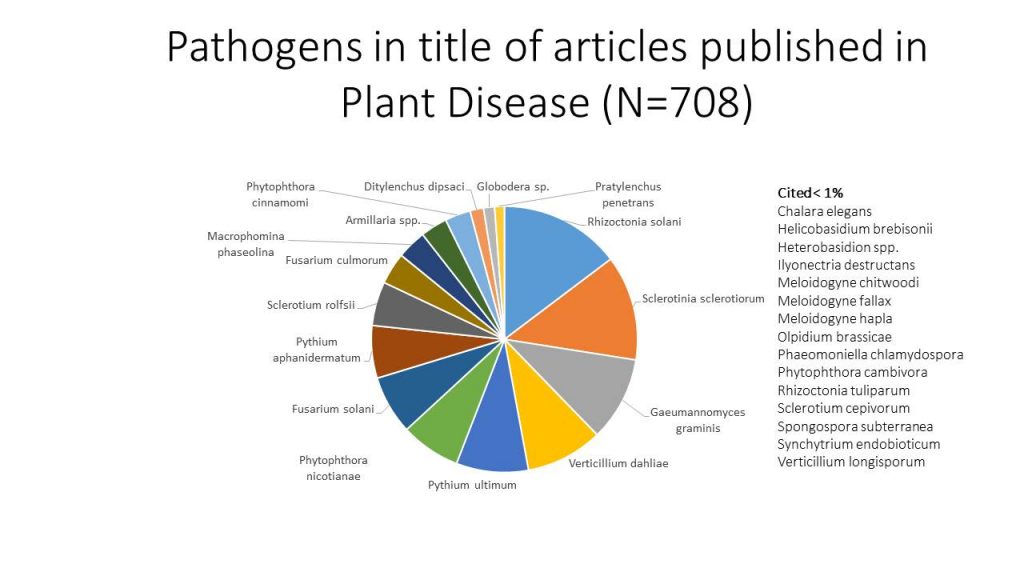
Figuur 2. Soil-borne pathogens in the scientific journal Plant Disease.
Management of soil-borne pathogens is still difficult. Obstacles include:
- Too expensive detection methods with a too low sensitivity. This is partially due to the natural spatial heterogeneity of soil infestations. Although spectacular progress has been made in detection techniques, frequent and preventive soil checks remain to be way too expensive for implementation in agricultural practice.
- Too little development in developing biocontrol agents that are effective on various soil types and in various cropping systems.
- Confusion with respect to products with questionable effectivity (e.g. various biostimulations/biofertilizers, etc.).
- Certain management options that are effective but too costly (e.g. inundation, biological soil disinfestation, specific kinds of organic matter).
- Insufficient insight into the specific ecology of the various soil-borne pathogens.
- Lack of effective pesticides.
- Lack of tolerant or resistant cultivars.
- Lack of preventive measures the grower takes, which relates to the costs related to detection of pathogens.
- Lack of willingness of growers to communicate about problems they are confronted with.
- Lack of willingness of consumers and retailers to pay a fair price for agricultural products that have been produced in a sustainable manner.
To my opinion, currently a new agenda for research on soil-borne pathogens is at stake. Insight in what really is important in the agricultural practice needs an update.
Summary of a presentation at the meeting of the working group on soil-borne plant pathogens and soil microbiology of the Royal Netherlands Society of Plant Pathology (13 april 2017).

